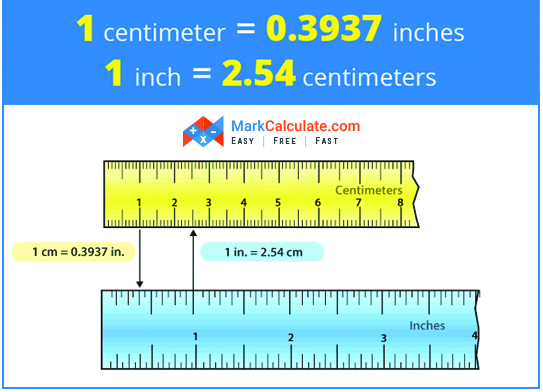

dollars, Uzbekistani sum, Venezuelan bolivares fuertes, Venezuelan bolivars, Vietnamese dong, Yemeni rials, Zambia kwachaīits per second (bps), bytes per second (Bps)īarrels of oil equivalent, British thermal units, BTU, calories, electron volts, ergs, foot-pounds, grams of TNT, joules, kilocalories, kilograms of TNT, megatons of TNT, megawatt hour, mwhr, therm, tons of tnt, watt hoursĬFM, CFS, cubic foot per minute, cubic foot per second, liter per minute, liter per second, LPM, LPSĭynes, kilograms-force, newtons, pounds-force Converting centimeters to inches allows engineers and construction professionals to accurately interpret and execute these plans, ensuring the highest level of precision and adherence to standards.Arc minutes, arc seconds, degrees, radians, revolutions, turnsĪcres, ares, barns, cricket pitches, dunams, football fields, football pitches, hectares, pings, Planck areas, sections, sqcm, sqkm, sqm, sqmm, square centimeter, square feet, square inch, square kilometer, square meter, square millimeter, square yards, stokes, survey townshipsĪlgerian dinars, Argentine pesos, Australian cents, Australian dollars, Bahrain dinars, Bolivian bolivianos, Botswana pula, Brazil reais, British pounds, Brunei dollars, Bulgarian levs, Canadian cents, Canadian dollars, Cayman Islands dollars, Chilean pesos, Chinese yuan, Colombian pesos, Costa Rican colones, Croatian kuna, Czech koruna, Danish kroner, Dominican pesos, Egyptian pounds, Estonian kroons, Eurocents, Euros, Fiji dollars, Honduran lempiras, Hong Kong dollars, Hungarian forints, Indian rupees, Indonesian rupiahs, Israeli shekels, Jamaican dollars, Japanese yen, Jordanian dinars, Kazakh tenge, Kenyan shillings, Kuwaiti dinars, Latvian lats, Lebanese pounds, Lithuanian litas, Macedonian denari, Malaysian ringgits, Mauritian rupees, Mexican pesos, Moldovan leu, Moroccan dirhams, Namibian dollars, Nepalese rupees, Netherlands Antilles guilders, New Zealand dollars, Nicaraguan cordobas, Nigerian naira, Norwegian kroner, Omani rials, Pakistan rupees, Papua New Guinean kina, Paraguayan guaranies, Peruvian nuevos soles, Philippine pesos, Polish zloty, Qatar riyals, Romanian lei, Russian rubles, Salvadoran colones, Saudi riyals, Seychelles rupees, Sierra Leonean leones, Singapore dollars, Slovak koruna, South African rands, South Korean won, Sri Lankan rupees, Swedish kronor, Swiss francs, Taiwan dollars, Tanzanian shillings, Thai baht, Trinidad dollars, Tunisian dinar, Turkish liras, Ugandan shillings, Ukrainian grivnas, United Arab Emirates dirhams, Uruguayan pesos, U.S.

Many technical drawings, blueprints, and specifications are still presented in inches, especially in countries that primarily use the imperial system. By converting centimeters to inches, the dimensions can be easily understood and implemented by manufacturers, suppliers, and customers who are accustomed to working with the imperial system.Īdditionally, converting from centimeters to inches can be beneficial in fields such as engineering and construction, where precise measurements are crucial. For instance, when designing a product that will be manufactured in different countries, it is crucial to provide measurements in a format that is familiar to all parties involved. One of the main reasons to convert from centimeters to inches is to ensure compatibility and consistency when working with international partners or clients. Therefore, converting between these two units of measurement is essential for seamless communication and accurate understanding of measurements. While the metric system, which includes centimeters, is widely used around the world, the United States still primarily uses the imperial system, which includes inches. Converting from centimeters to inches is a common practice in many fields, particularly in international trade, engineering, and construction.


 0 kommentar(er)
0 kommentar(er)
